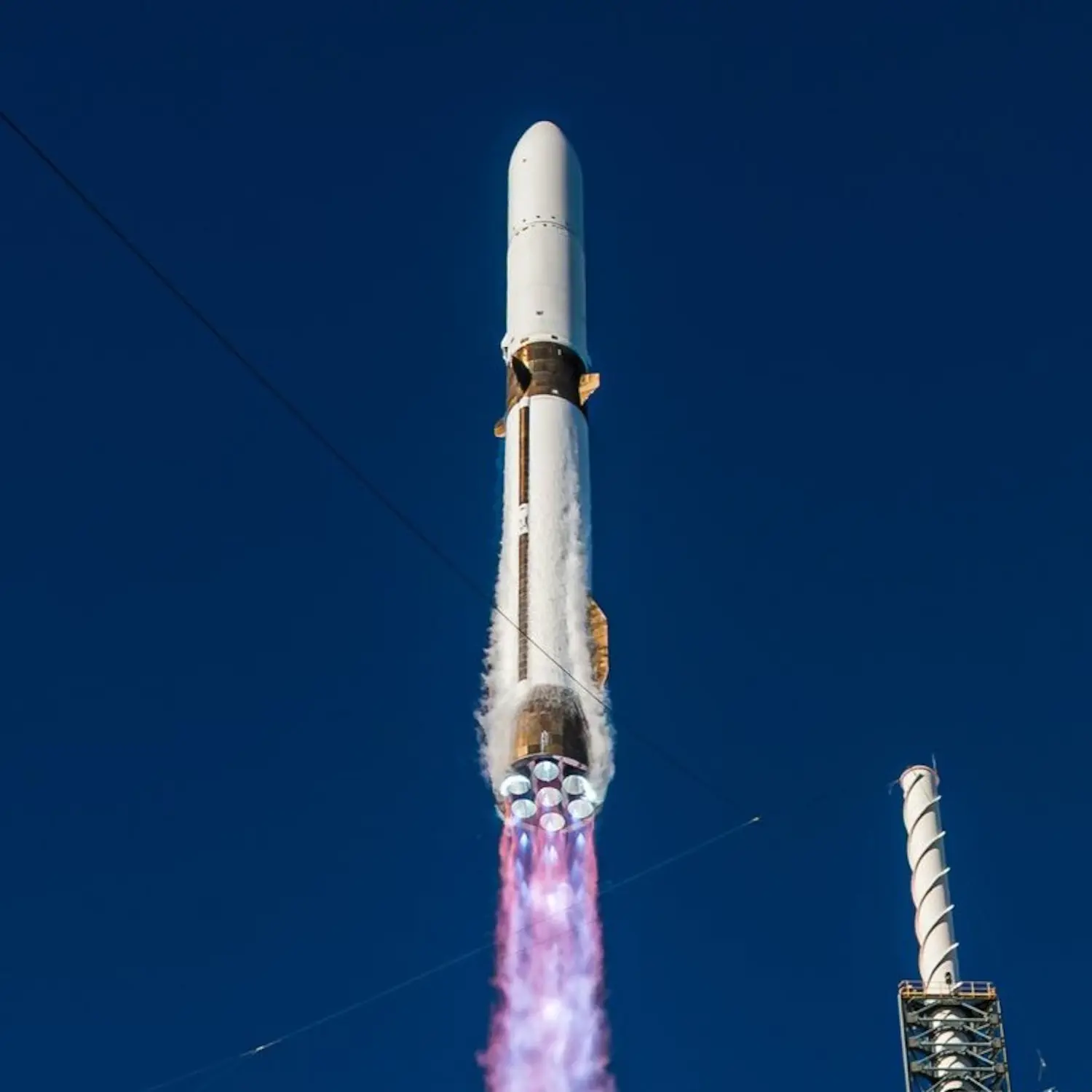ESCAPADE
Launch Success
Liftoff Time (GMT)
20:55:01
Thursday November 13, 2025
Watch Replay
NASASpaceflight.com
Mission Details
Read Article
Track Payloads
ESCAPADE
(Blue & Gold, SIMPLEx 4)
The Escape and Plasma Acceleration and Dynamics Explorers (EscaPADE) are a dual-spacecraft mission to study ion and sputtered escape from Mars. The science goals of the mission are to: understand the processes controlling the structure of Mars' hybrid magnetosphere and how it guides ion flows; understand how energy and momentum are transported from the solar wind through Mars' magnetosphere; and understand the processes controlling the flow of energy and matter into and out of the collisional atmosphere. EscaPADE is part of the NASA Small Innovative Missions for Planetary Exploration (SIMPLEx) program. There are three science experiments onboard each spacecraft, EMAG, EESA, and ELP. EMAG is a magnetometer measuring DC magnetic fields up to 1000 nT, mounted at the end and part way up the boom. EESA is an electrostatic analyzer that measures suprathermal ions from 2 eV to 20 keV and suprathermal electrons from 3 eV to 10 keV. It is mounted on the upper deck of the spacecraft bus. ELP is a Langmuir probe measuring plasma density from 20 - 30,000 particles per cubic cm and solar EUV flux from 5 - 20 milliwatts per square meter and is mounted on the boom and on the spacecraft bus.
Manufacturer: Rocket Lab
Operator: NASA
Heliocentric Orbit
2 Payloads
1,070 kilograms
Viasat InRange
Demonstration of Viasat's InRange launch telemetry relay service as part of its work with NASA’s Communications Services Project (CSP). Viasat's user terminal and InRange solution will be integrated onto and remain attached to the New Glenn launch vehicle to showcase this innovative space-based launch communications capability.
Manufacturer: Viasat
Operator: Viasat
Heliocentric Orbit
Rocket


Agency
Blue OriginRocket
Height: 98m
Payload to Orbit
LEO: 45,000 kg
GTO: 13,000 kg
Liftoff Thrust
17,150 Kilonewtons
Fairing
Diameter: 7m
Height: 21.9m
Stages
2
Launch Site

NE
SE
Launching
East
Stats
New Glenn
2nd
Mission
2nd
Mission of 2025
Blue Origin
38th
Mission
10th
Mission of 2025
2025
266th
Orbital launch attempt
